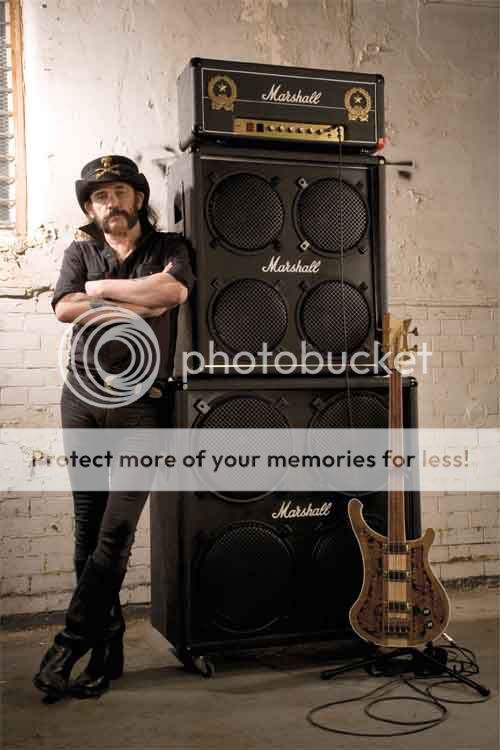captenfalco
New member
Hi! 
I record my stuff in my bedroom home "studio".
Most of the time when I record bass I connect my bass directly into the soundcard and later in my DAW I put on some kind of bass simulator plug in to make it sound better. Some times I have plug the bass into my not so great bass amp and connected the amp "line out" to the sound card.
I don't really know which of my methods I prefere, although, recording it via the bass amp feels/seems more "truer".
What if I had a better amp and good microphones for this kind of deed. Would the best way to record Bass to mic the bass amp like I normally record electric guitar? what kinds of microphones are suited for that kind of job?
I've also heard stuff about recording with DI boxes but almost don't know nothing about that so if someone wants to explain that, that would be good.
obviously there is not just one best way to do things. Different techinques suits different situations but in general what are the best ways to record electric bass?
How do you record Electric bass? What is your favorite way of recording bass?
haha that was many questions
anyways, Thanks in advance

I record my stuff in my bedroom home "studio".
Most of the time when I record bass I connect my bass directly into the soundcard and later in my DAW I put on some kind of bass simulator plug in to make it sound better. Some times I have plug the bass into my not so great bass amp and connected the amp "line out" to the sound card.
I don't really know which of my methods I prefere, although, recording it via the bass amp feels/seems more "truer".
What if I had a better amp and good microphones for this kind of deed. Would the best way to record Bass to mic the bass amp like I normally record electric guitar? what kinds of microphones are suited for that kind of job?
I've also heard stuff about recording with DI boxes but almost don't know nothing about that so if someone wants to explain that, that would be good.

obviously there is not just one best way to do things. Different techinques suits different situations but in general what are the best ways to record electric bass?
How do you record Electric bass? What is your favorite way of recording bass?
haha that was many questions

anyways, Thanks in advance


